Snow-farming is the new buzz word in winter sports resorts. Among the pioneers is Davos, where for ten years now snow reserves from the previous winter have been preserved under a thick layer of sawdust over summer. A four-kilometre-long cross-country ski trail can already be groomed in autumn – regardless of the weather. To produce artificial snow, on the other hand, requires low temperatures and sufficient time.
Thanks to snow-farming, a ski piste was rolled out for the first time last October in an autumnal landscape that was still green. On the Tschentenalp overlooking Adelboden, piste vehicles packed 24,000 cubic metres of natural snow into an eight-metre high depot after the close of the winter season. Over summer, the elongated snow mound was covered with insulation panels and a nonwoven material. Admittedly, during the heat of summer 30 percent of the volume melted away. Still, the snow that remained was enough to groom a 500-metre-long, 40-metre-wide and around 80-centimetre-deep piste six months later. Behind the pilot project costing 250,000 Swiss francs is a regional club that wants to offer local ski racing talents an alternative to training on over-used and distant glacial skiing areas.
To date in Switzerland, there are snow-farming projects in some ten ski destinations. That is the number estimated by the Institute for Snow and Avalanche Research (SLF). In addition to Davos and Adelboden, the preserving of snow over summer is common particularly in high-lying glacial skiing areas, such as Saas Fee, Gemsstock, Piz Corvatsch and Diavolezza. However, an SLF survey of around 100 ski resorts in the German-speaking region of the Alps and in Scandinavia shows growing interest: close to half of those surveyed have a positive opinion of snow preservation. Admittedly, this does not replace snowmaking over a large area, but instead compensates for short periods of snowmaking in the pre-winter season – when it is too warm for snowmaking machines to operate.
Level at which snow falls is rising dramatically
Owing to global warming, average temperatures continue to rise even in winter – according to the latest CH2018 climate scenarios (see text box) by around 2–3.5 degrees Celsius in the case of Switzerland. Accordingly, scientists expect that by 2060 the snow line in winter will rise from today’s 850 metres to 1,500 metres above sea level. Without climate protection measures, the zero degree line in winter could even climb by the end of the 21st century to an elevation of 1,900 metres – that is, up to the height of the Tschentenalp.
In areas lying below 800 metres, winters with little snow are no longer the exception: since 1970 the number of snow days at this sea level has halved. The lack of snow is increasingly expanding to higher elevations: around half the snowpack below 1,000 metres might disappear by mid-century – most likely even by more than 80 percent by the end of the century. There, too, precipitation will fall in the form of rain, which could lead to flooding. Warmer air absorbs more water. If global warming is not checked, heavy precipitation events in winter could be around 10 percent more intense – according to forecasts, even by around 20 percent by the end of the century.
Glaciers lack “food”
According to climate scenarios, most alpine locations have to reckon on less snowfall, particularly in spring. The low amounts of snow are fatal for the glaciers, which are increasingly deprived of their “food”. Furthermore, the lack of a protective snowpack is accelerating the melting of the ice mass. Since 1850 alpine glaciers have lost around 60 percent of their volume. In the last ten years alone, one-fifth of the glacial mass has been lost. In many places the past winter 2017–18 was indeed the snowiest in 20 years. In the warm and dry months of April and May, however, the thick snowpack quickly melted away. Added to that, the summer of 2018 was extremely dry (see “Review” 6/2018). Ever since measurements began to be taken 81 years ago, there has never been so little fresh snow in summer on the Weissfluhjoch at 2,540 metres as there was in the past year.
Artificial snow needs lots of water
The drought also has an impact on water management in ski resorts. The production of artificial snow requires lots of water. In Davos, for example, around one-fifth of the municipality’s entire water consumption is used annually in snowmaking. And the snowmaking machines are running exactly when the water level of rivers and streams is low. In recent years piste operators have consequently built more and more reservoirs for water reserves. However, only two out of every three ski resorts that make artificial snow have such a reservoir. Without local water reserves, snowmaking during a drought will become more difficult: if the water is taken from flowing waters, a certain amount of residual water has to remain. Given the increasing dryness, that would lead to a conflict of interests.
SLF Master’s student Pascale Josi surveyed 120 Swiss ski resorts about their use of water. Her conclusion was that in every fourth ski resort there was a “potential for conflict” between water management and technical snowmaking. The researcher also asked ski resort operators from where they draw the water they use for producing artificial snow: 34 percent get their water from rivers and streams, 30 percent from the drinking water supply, 21 percent from springs and 15 percent from natural lakes.
Especially following dry spells such as in recent years, water could become scarce, noted the researcher – particularly in inner-alpine valleys with little precipitation. Nationwide, though, the production of artificial snow is not immediately threatened: the Alps, as always, are regarded as “Europe’s water reservoir”.
Theodora Peter is a freelance journalist in Bern
A look at Swiss weather in the near future
The CH2018 Climate Scenarios published in November show how climate change will affect Switzerland in the decades to come. This is the third report following those in 2007 and 2011 that climatologists from MeteoSchweiz, ETH Zurich and the University of Bern have produced on behalf of the Federal Council. Quantitative data is available for the first time, for example, about the expected amounts of precipitation associated with heavy rainfall. The report is online, linked to a web atlas and extensive databases for each region.
https://www.nccs.admin.ch/nccs/en/home/climate-change-and-impacts/swiss-climate-change-scenarios.html
Picture: Skiing in late autumn on the Tschentenalp – on snows of yesteryear: The piste is made of snow from the previous winter that was preserved over the summer. Photo: Keystone
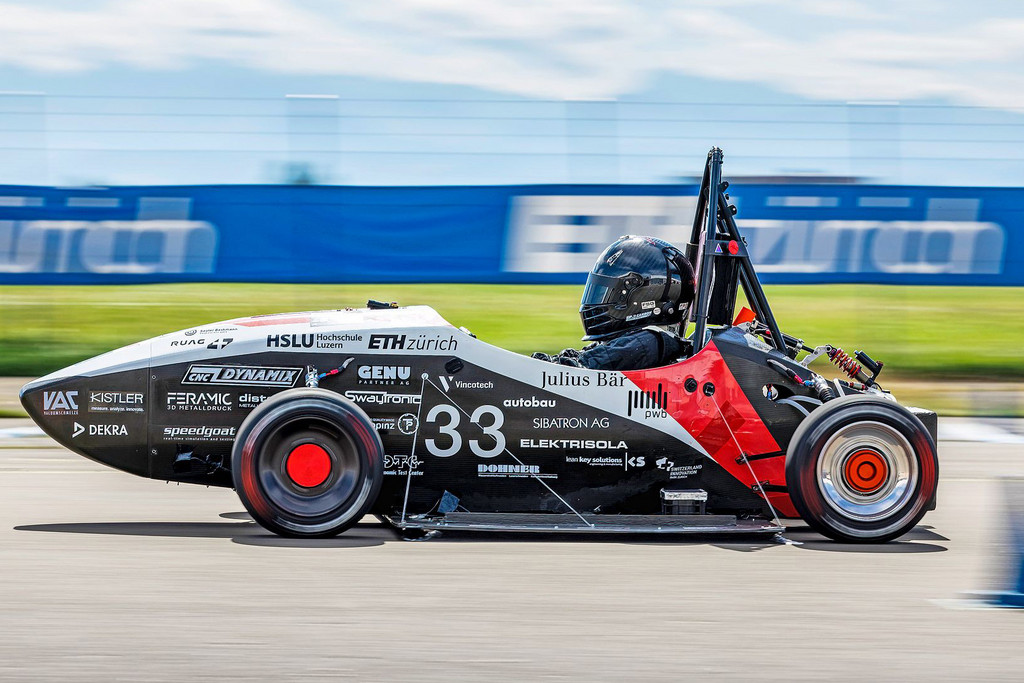
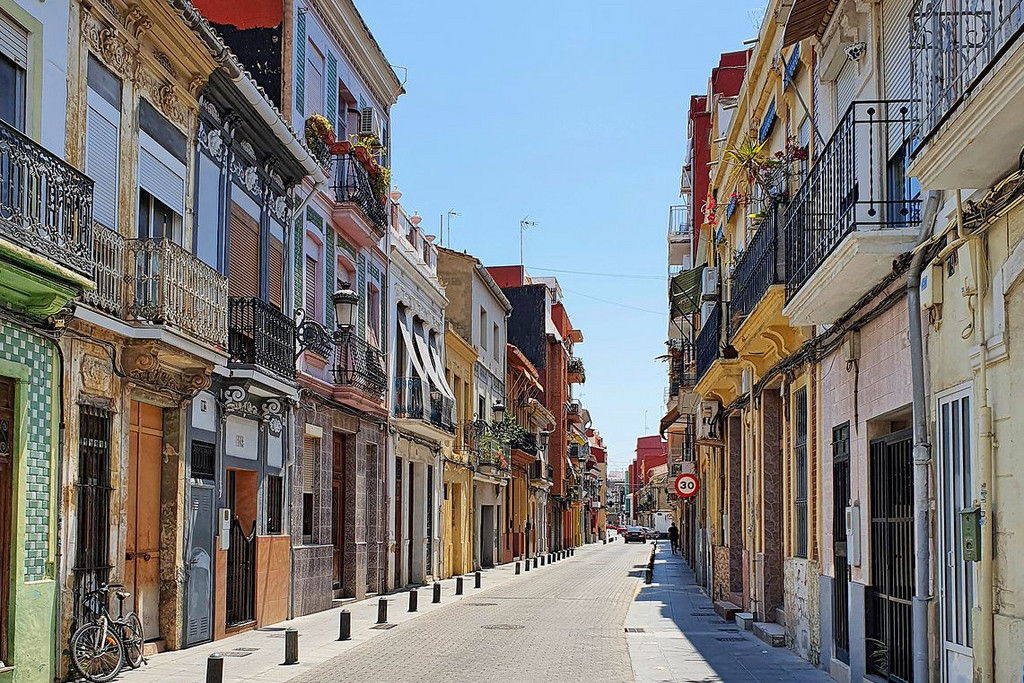
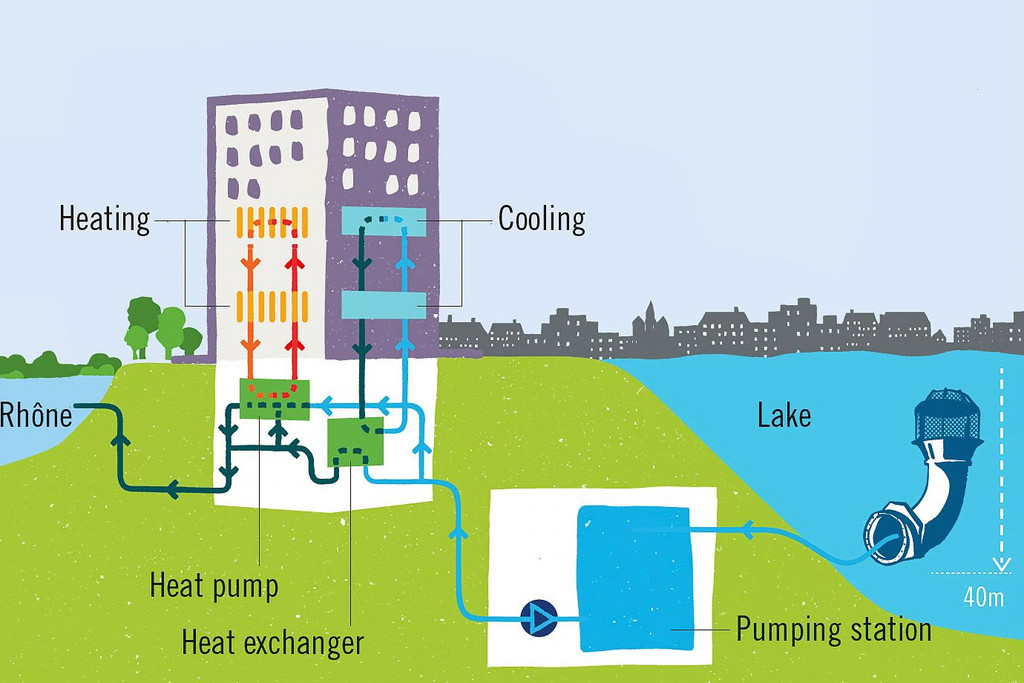

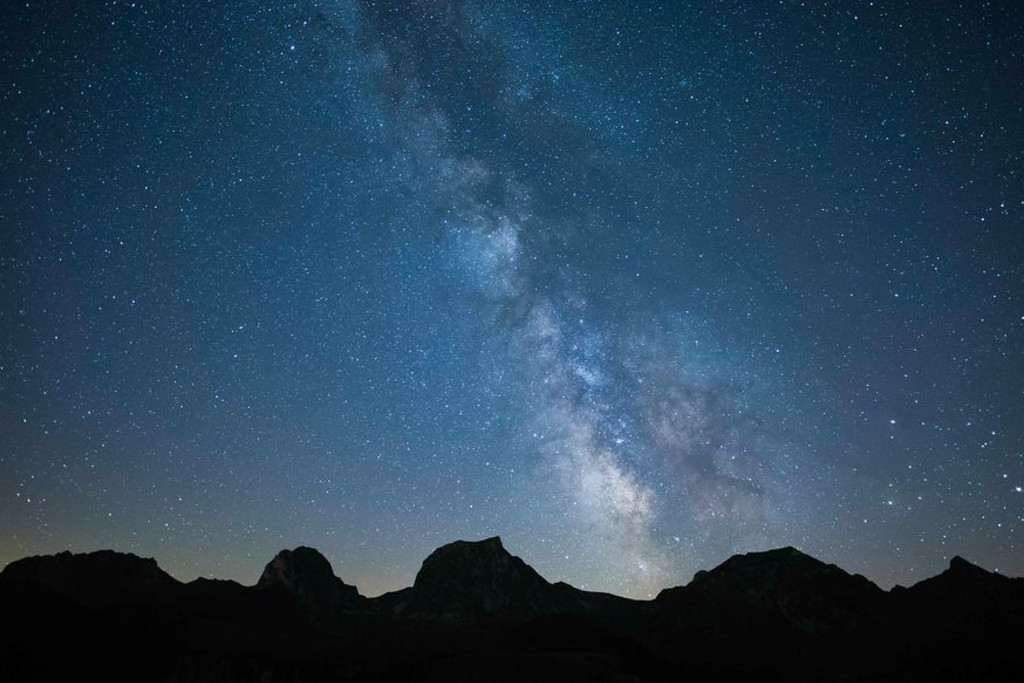
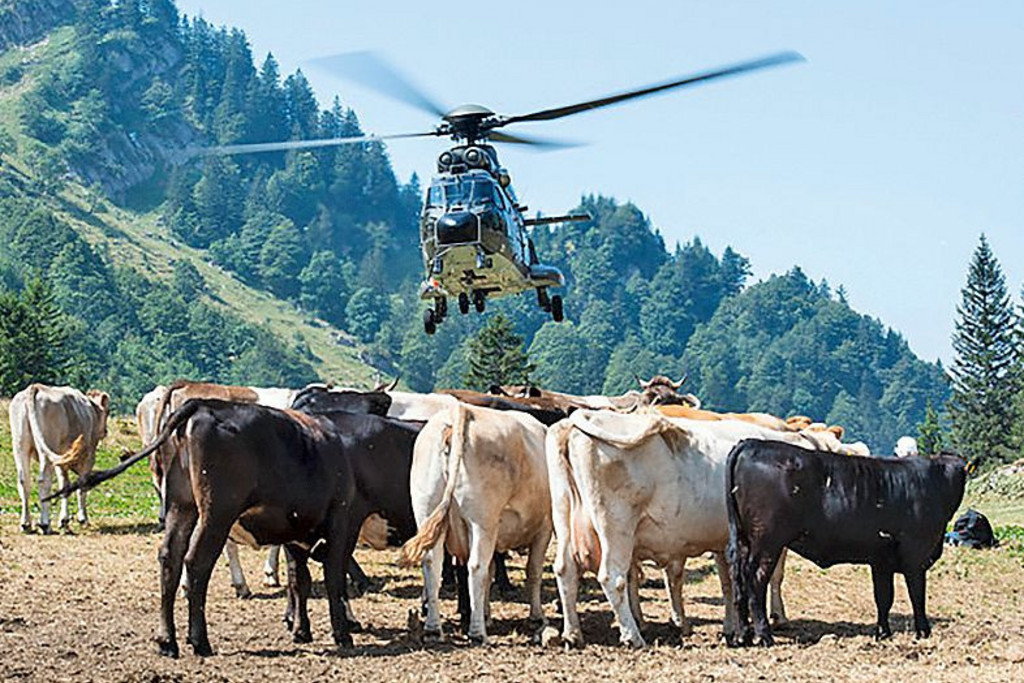
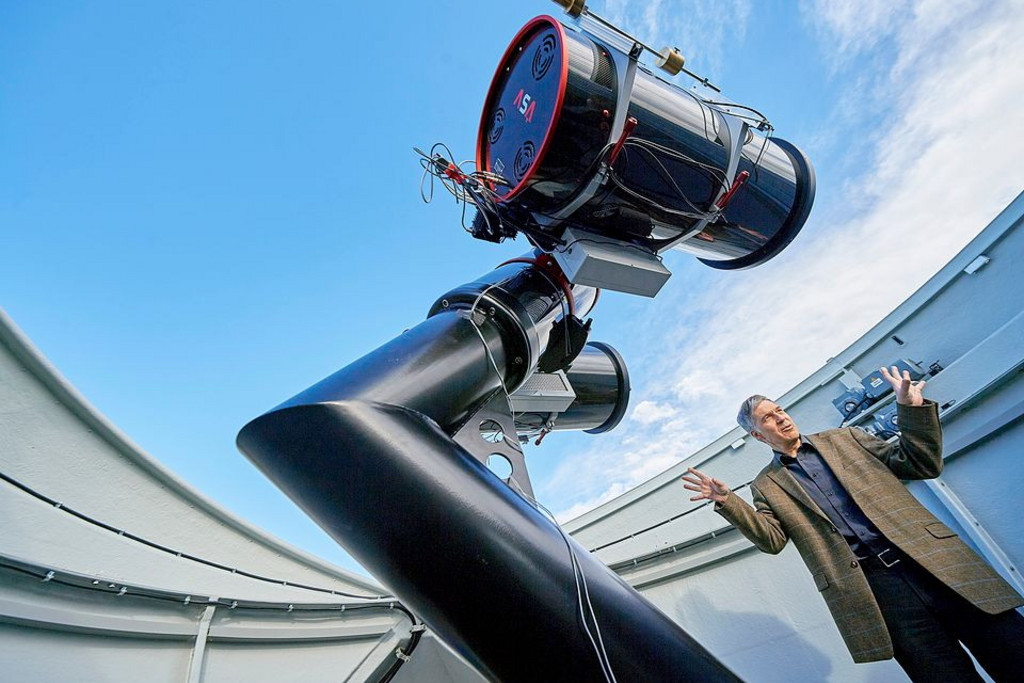




Comments